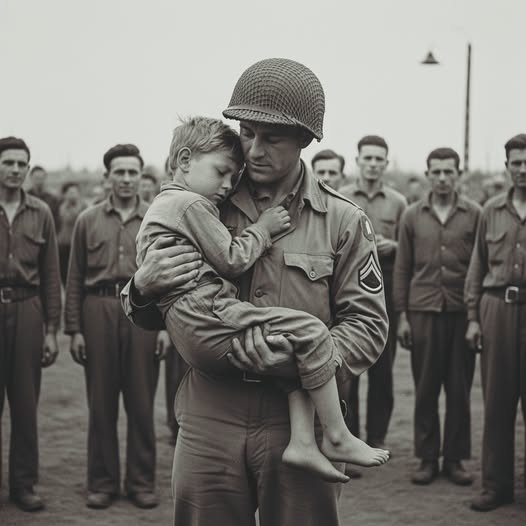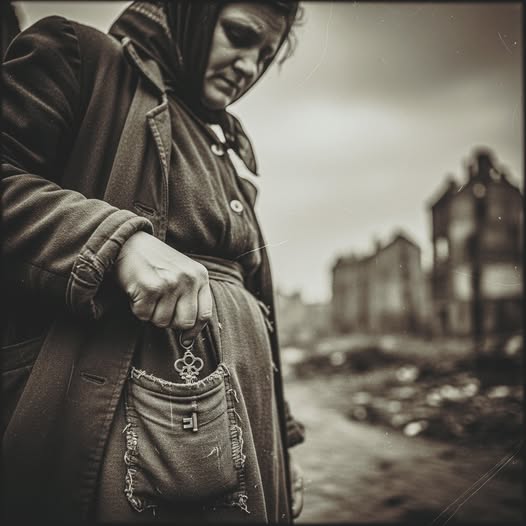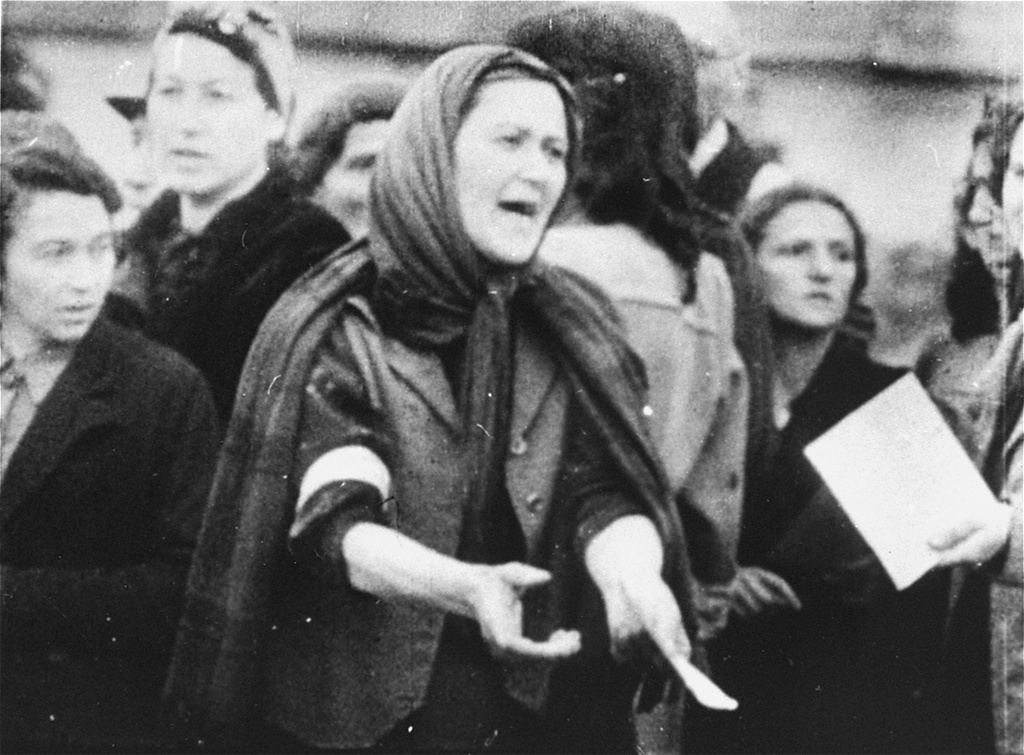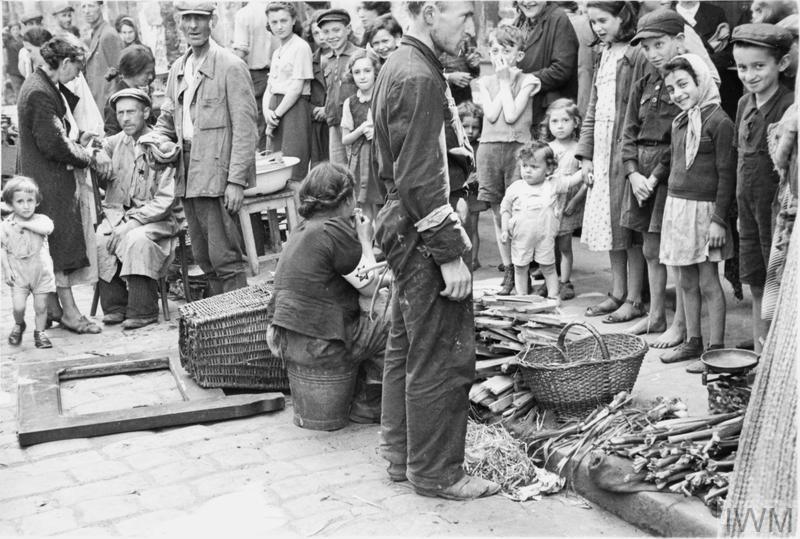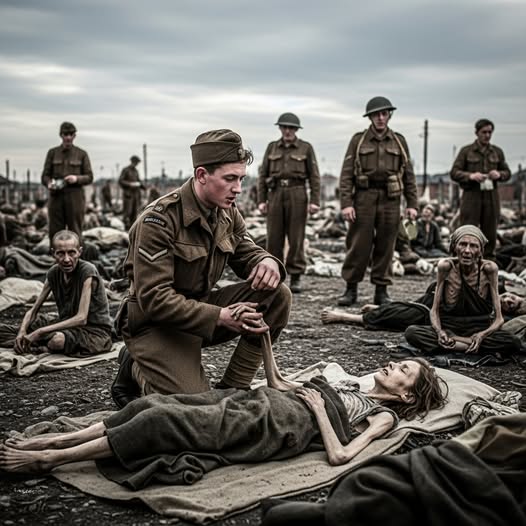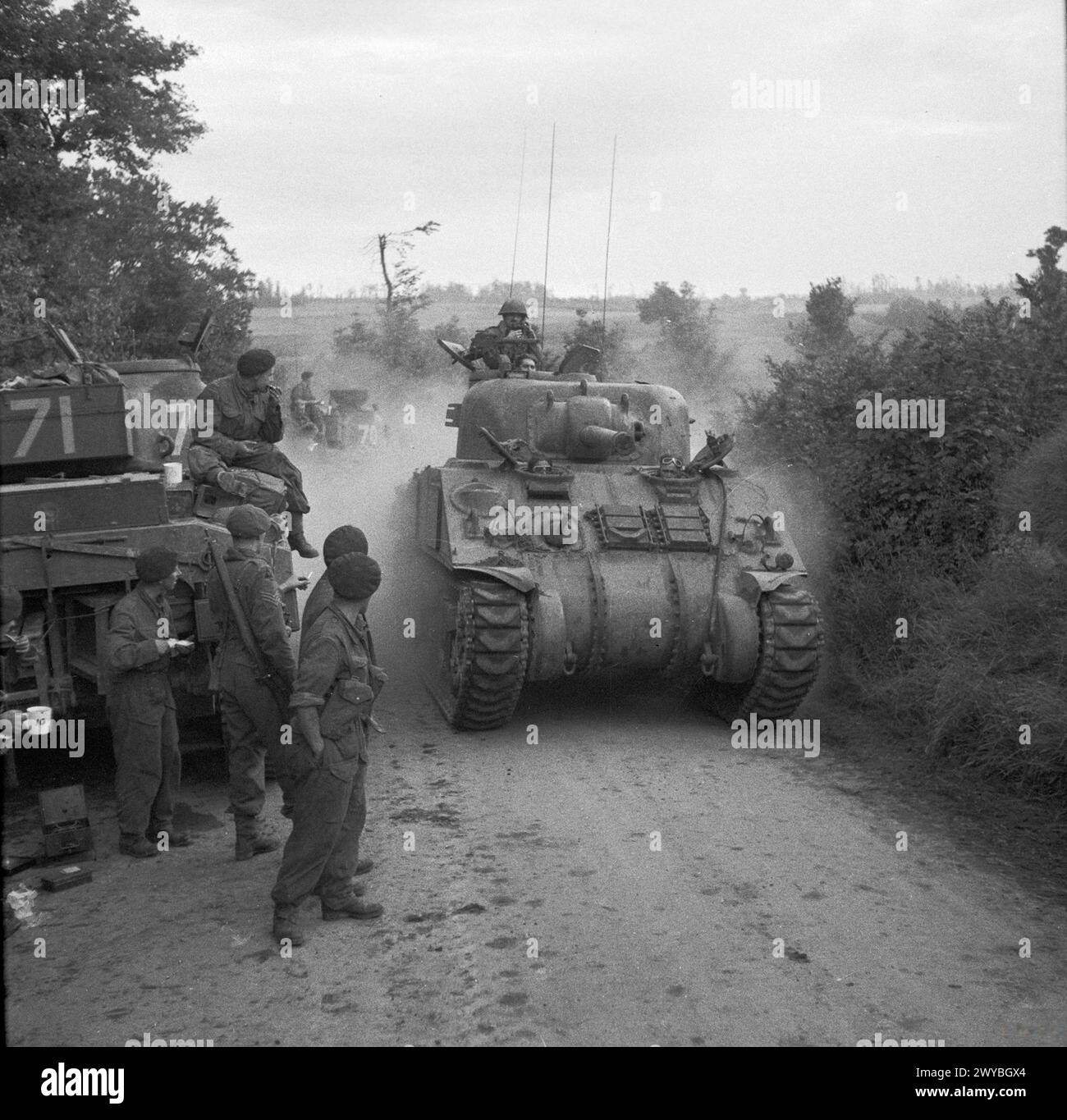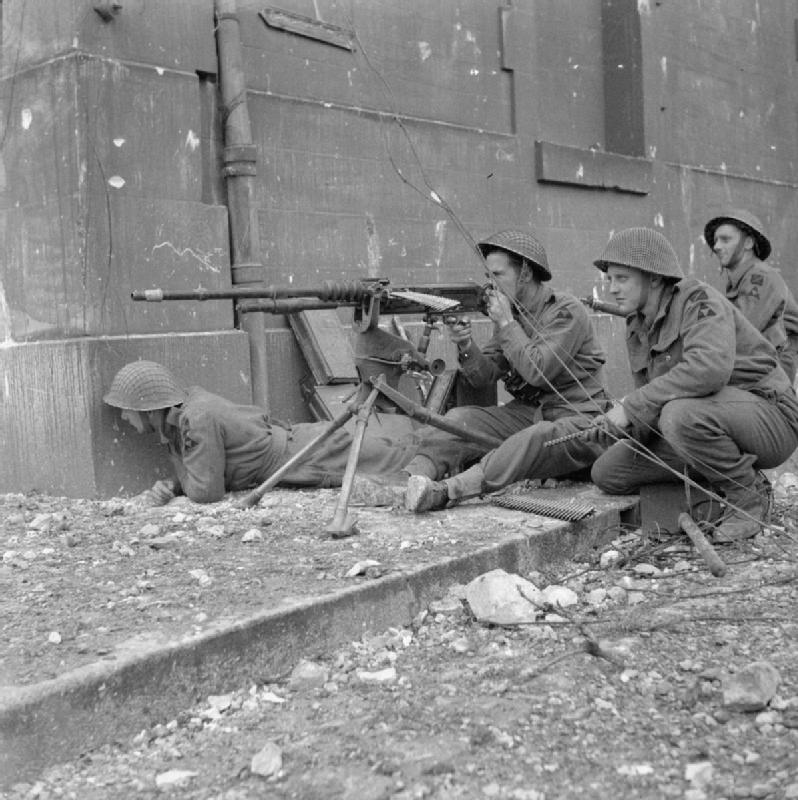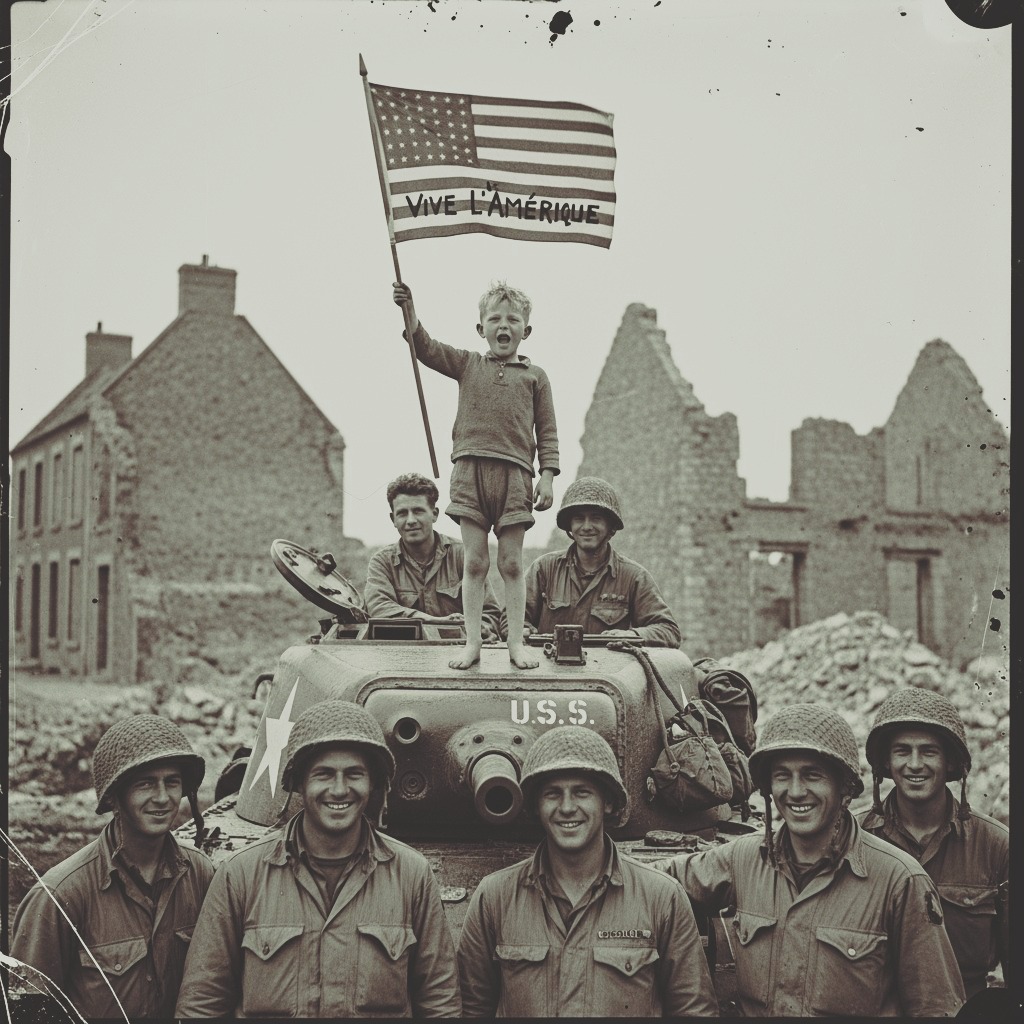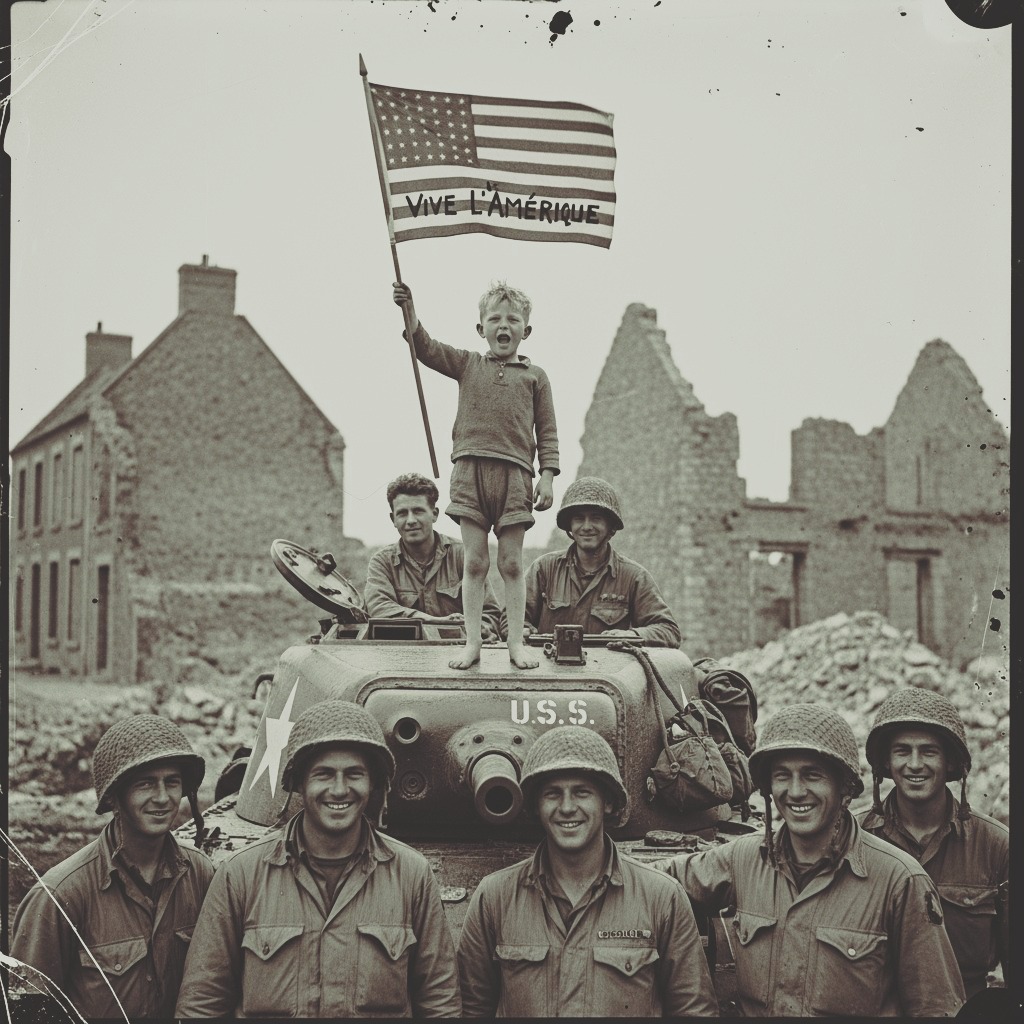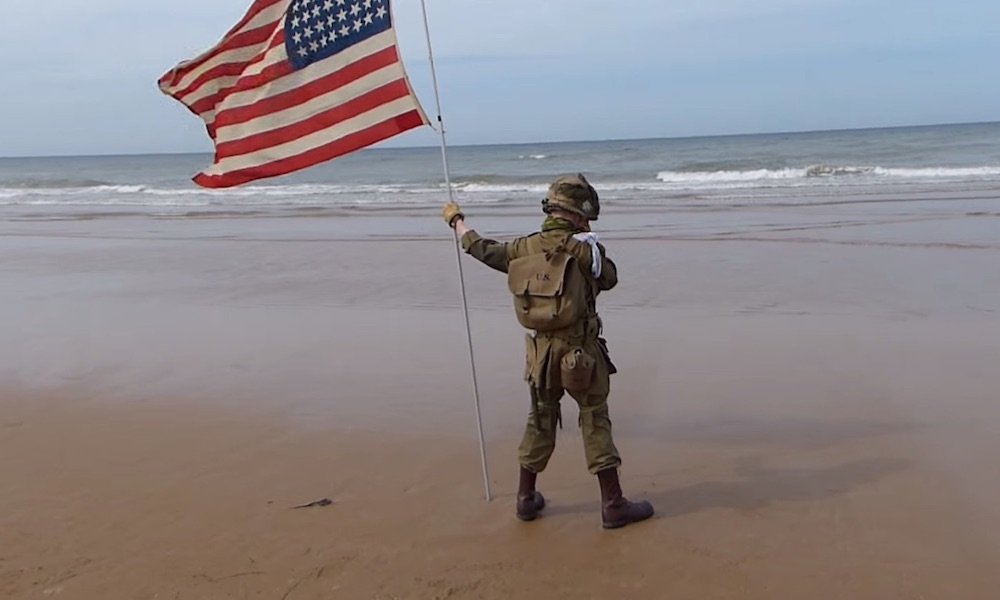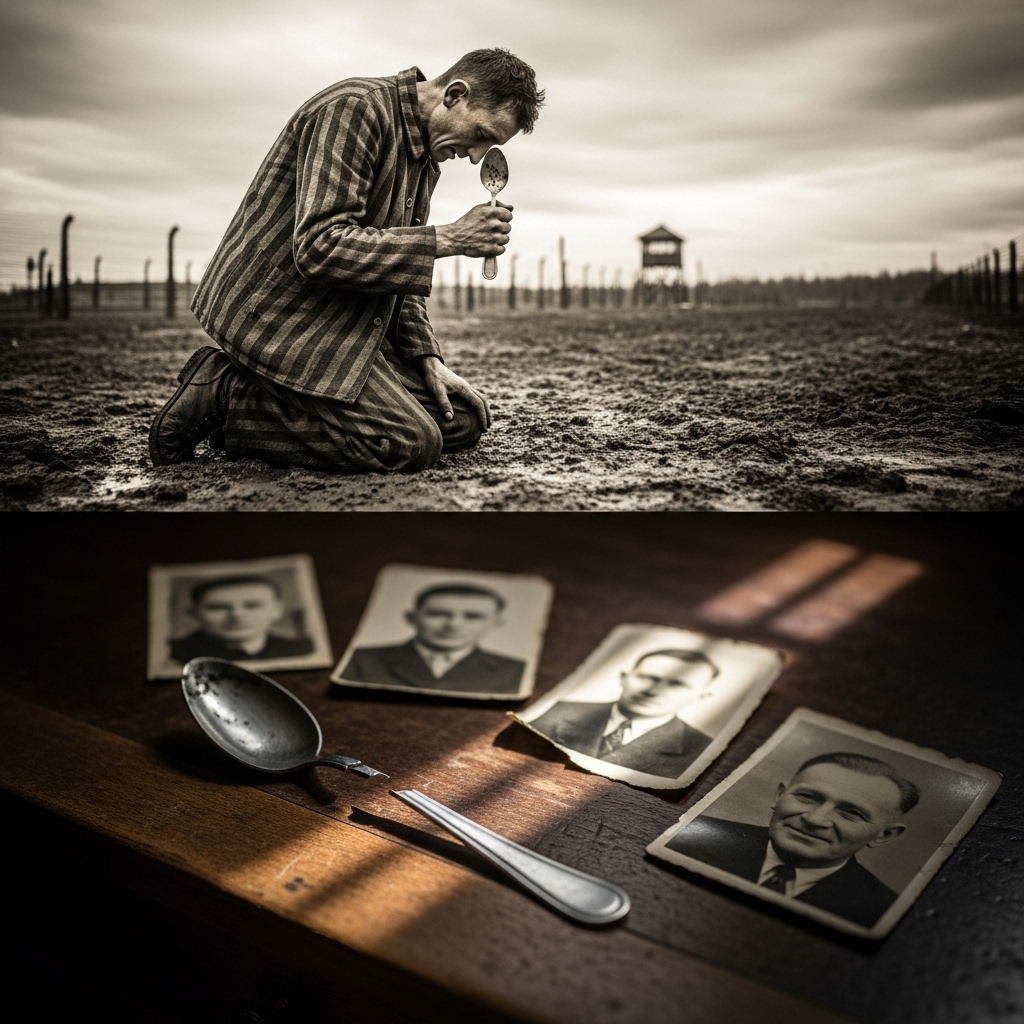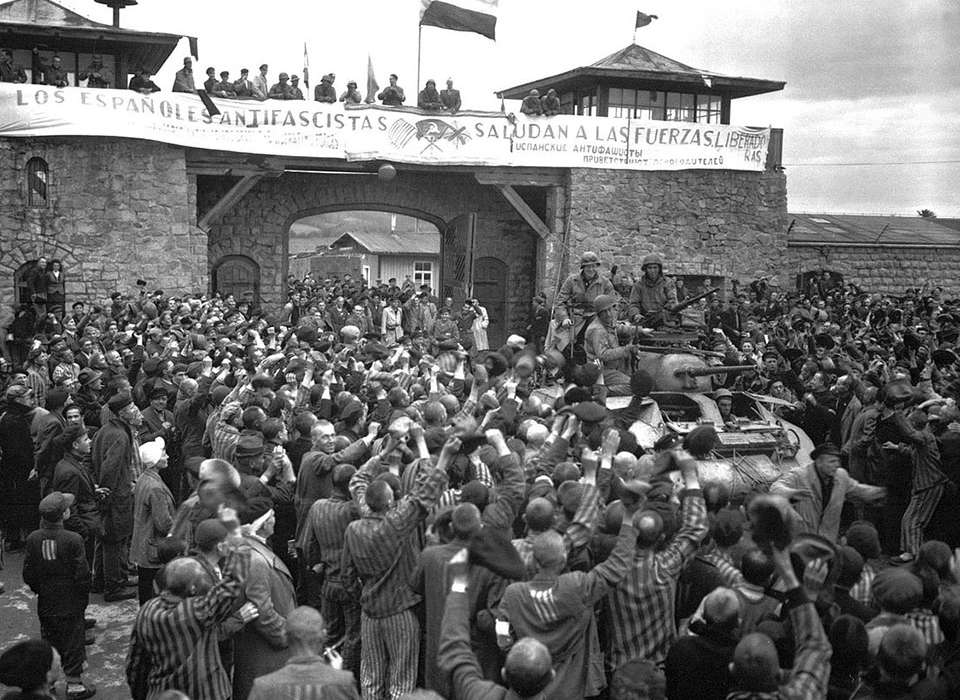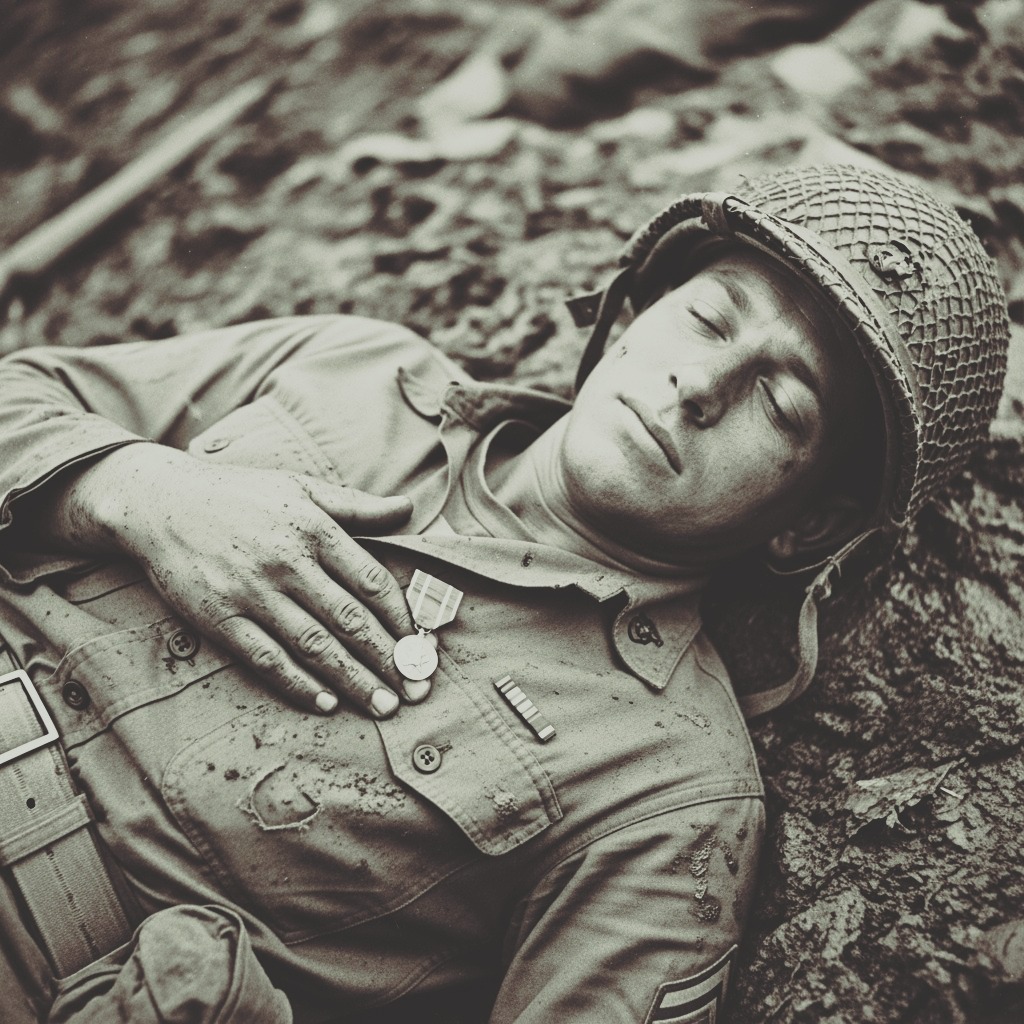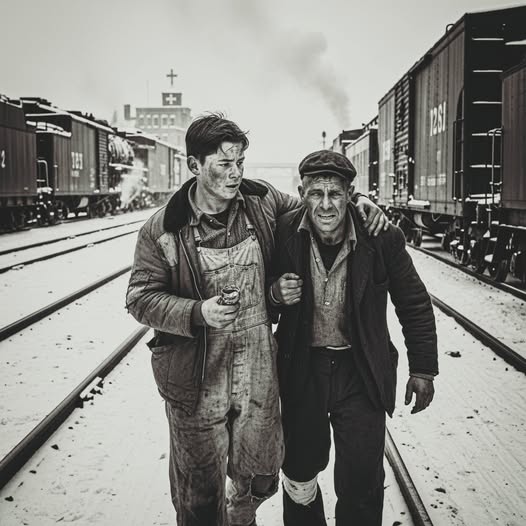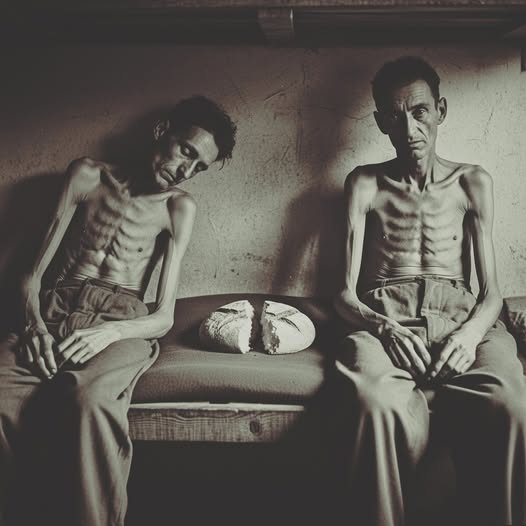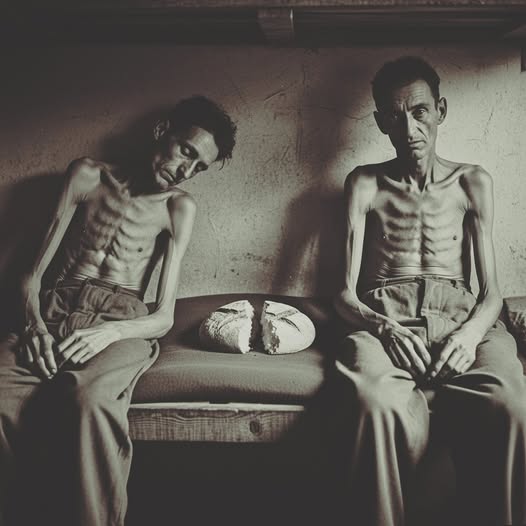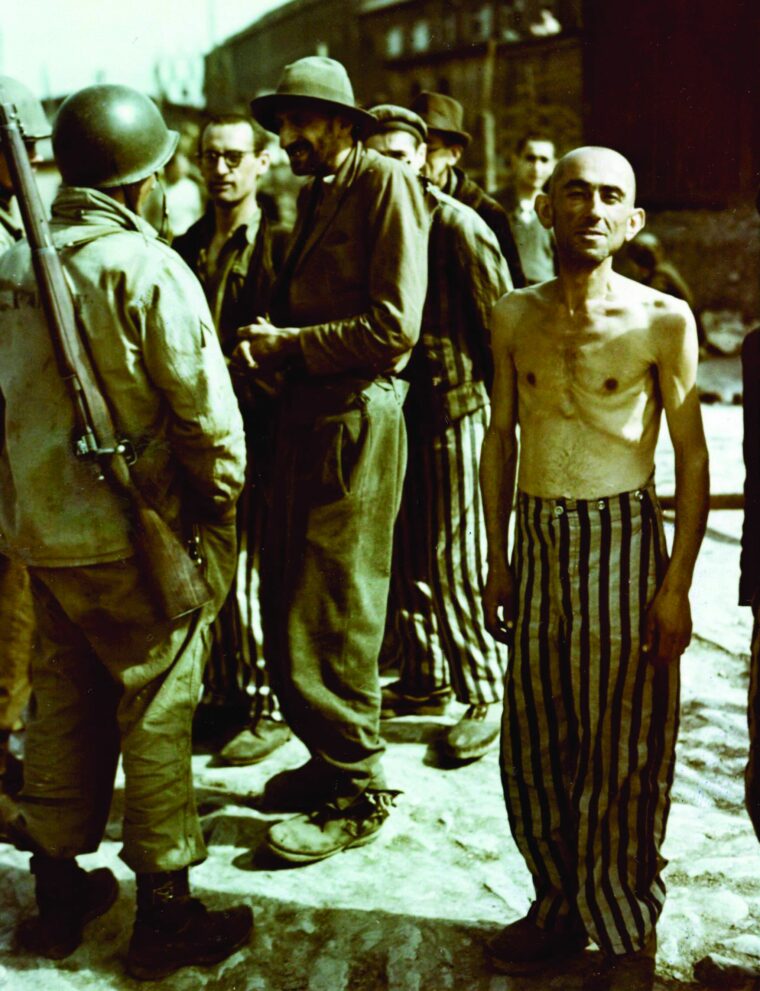The GI Who Carried the Child — Buchenwald, 1945
In April 1945, when the gates of Buchenwald concentration camp swung open to American troops, the world was forever changed. The liberators, hardened by months of combat, expected to face resistance or wreckage. Instead, what they found was far worse: a silence filled with suffering, thousands of skeletal survivors, the stench of death, and the broken remnants of humanity that the Nazis had tried to erase.
Among the rubble of despair, one soldier found a boy. He was emaciated, his ribs visible beneath torn clothing, his face pale and fragile, his eyes haunted. When the GI bent down to lift him, the child whispered in German, voice trembling: “Don’t put me down, please.”
The soldier, young himself, perhaps only in his twenties, pressed the boy to his chest. He did not set him down for hours. Through rows of survivors, through the camp’s medical outposts, through the chaos of liberation, he carried the boy until medics could finally treat him.
That single act of compassion—one man carrying one child—became more than a gesture. It was a symbol of human resilience, freedom, and healing.
Buchenwald was among the largest concentration camps on German soil. Tens of thousands had perished there through starvation, forced labor, medical experiments, and executions. When American forces entered the camp in April 1945, they were confronted with images that would sear into their memories forever.
General Dwight D. Eisenhower later urged soldiers and journalists to document everything they saw, saying, “Let the world see what the Nazis have done, for otherwise some day people will say this never happened.”
For the American soldiers who stood witness, liberation was not only about opening gates—it was about reclaiming humanity. They became the first touch of kindness many survivors had experienced in years.
In the middle of this vast tragedy, one GI found himself cradling a child who seemed too light, too fragile to survive. The boy’s plea—“Don’t put me down”—was more than a request for physical support. It was a cry for safety, for love, for reassurance that life was still possible.
The soldier did not speak German, but he understood everything in that child’s eyes. He carried him not as a duty, but as an instinct. The boy clung to his neck, feeling the steady heartbeat of a man who had come as a liberator.
Hours passed. The soldier’s arms ached, but he never loosened his grip. For the boy, the embrace was more than warmth—it was the first anchor of hope after years adrift in terror.
That boy survived. After the war, like many orphans, he struggled to rebuild his life. He carried with him memories of hunger, fear, and loss. Yet he also carried a moment of salvation: the feeling of being held, protected, and seen.
Survivor stories remind us that resilience is not born in comfort but in unimaginable trials. This boy’s survival was not only physical—it was emotional, rooted in a single act of compassion that reminded him he was worthy of life.
Decades later, at a remembrance ceremony, he stood beside the man who had carried him. The GI was old now, hair white, hands lined with age. The boy—now a man himself—looked at him with tears streaming down his face.
Both cried. Both remembered. Both understood that on that day in 1945, humanity had returned.
Liberation is often described in military terms—troops advancing, camps opened, enemies defeated. But its deepest meaning lies in moments like this: a soldier carrying a child, a liberator whispering comfort, a survivor rediscovering what it meant to be human.
For the GI, the act was instinctive, but its significance lasted a lifetime. He had entered Buchenwald as a soldier of war. He left as a witness to humanity’s darkest abyss—and to the power of compassion to push back against it.
Today, when we search for inspirational true stories or survivor stories of resilience, hope, and healing, it is because we want to believe that good can emerge even from catastrophe. The GI and the child remind us that history is not just about battles and treaties—it is about human beings who chose compassion in the face of cruelty.
Their story continues to inspire because it speaks to something universal: the need to be held, the longing for safety, the power of kindness to spark survival.
At remembrance ceremonies, survivors often speak not only of suffering but of the small acts that saved them—an extra scrap of bread, a whispered prayer, a hand that reached out. For this child, it was the arms of a soldier who refused to put him down.
When he and the GI embraced again decades later, they embodied more than memory. They embodied a legacy of hope. Together, they showed that even after the most horrific destruction, healing is possible.
This story, passed down across generations, ensures that the Holocaust is not remembered only as tragedy, but also as testimony to human resilience.
In today’s world, where millions of children still face war, displacement, and hunger, the story of the GI and the child resonates deeply. It reminds us that one act of compassion can change a life. It challenges us to see beyond statistics and headlines, to remember that history is lived one person at a time.
We may not all be soldiers on a battlefield, but we each carry the power to hold someone who whispers, “Don’t put me down.” Whether through kindness, advocacy, or support, we can become liberators in our own time.
The boy and the GI eventually became part of remembrance projects, their story told in schools, museums, and ceremonies. Each retelling is more than history—it is healing. It is a way of giving voice to the silenced, of ensuring that the cries once ignored are never forgotten again.
The GI once said that carrying the boy was the most important thing he ever did. The boy, later a man, said that being carried was the moment he believed life could continue. Together, they teach us that hope is stronger than fear, and compassion stronger than cruelty.
The liberation of Buchenwald was not just the opening of gates; it was the reclaiming of dignity, the restoration of hope, the rebirth of humanity.
In one corner of the camp, a soldier carried a child. Decades later, they stood together, tears streaming, remembering the day the nightmare ended.
Theirs is not just a war story. It is an inspirational true story of survival, healing, and human resilience. It is a reminder that even in the darkest places, compassion can light the way.
And so we remember: the boy who whispered “Don’t put me down”—and the GI who never did.
Note: Some content was generated using AI tools (ChatGPT) and edited by the author for creativity and suitability for historical illustration purposes.
